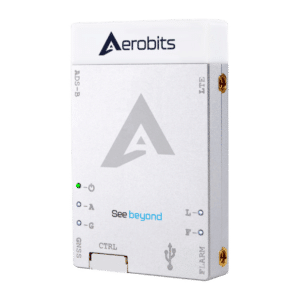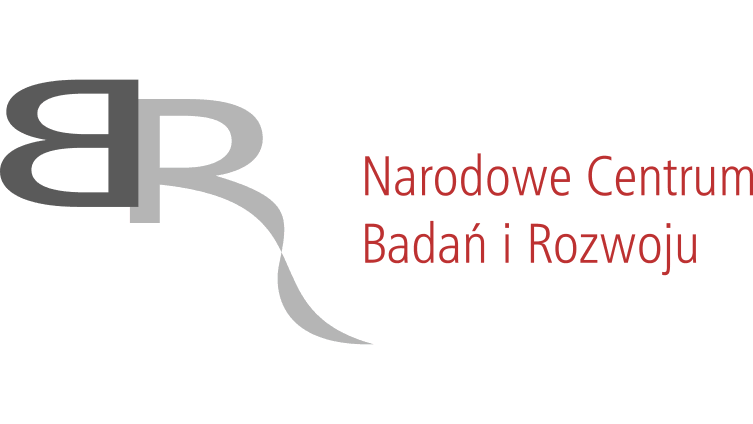The GOF 2.0 project, as a continuation of the SESAR JU Gulf of Finland (GOF) U-space project, which successfully demonstrated the safe integration of unmanned aerial vehicles (UAVs) into the airspace in summer 2019, will go one step further and will test flights in the next two years drones in urban sky. This project started in January this year and is being carried out by a consortium of 13 members as part of the SESAR JU initiative “GOF 2.0 Integrated Urban Airspace Validation” with the participation of AEROBITS.
The main element of the project is the safe and sustainable integration of unmanned aerial vehicle operations in urban airspace.
As a hardware technological partner, we have delivered two products: TR-1W and HoD (LTE and ADS-B Out trackers) – check below.

TR-1W belongs to the class of the smallest ADS-B transceivers on the market and has been developed for civil and commercial Unmanned Aircraft Systems. The device operates on 1090MHz band.

The Hook-On-Device (HOD) for UAS and other aircraft (such as helicopters) to transmit their own position data. Thanks to its low weight, the HOD can be attached to any aircraft.
KRS: 0000673815
REGON: 366941733
VAT (NIP): 8513207041
Share capital: 5900 PLN
AEROBITS Sp. z o.o. wpisana do Krajowego Rejestru Sądowego w SĄDZIE REJONOWYM SZCZECIN-CENTRUM W SZCZECINIE
XIII WYDZIAŁ GOSPODARCZY KRAJOWEGO REJESTRU SĄDOWEGO
AEROBITS Sp. z o.o.
ul. Przestrzenna 11
70-800 Szczecin
Poland
Telephone:
+48 500 501 305
Email:
General inquiries
info@aerobits.pl
Technical inquiries
support@aerobits.pl
Sales inquiries
sales@aerobits.pl
Copyright ©Aerobits 2017-2024








AEROBITS Spółka z ograniczoną odpowiedzialnością informuje, że od dnia 01.02.2024 r. do 31.03.2026 r. realizuje projekt nr FEPZ.01.01-IZ.00-0015/24 pn. „Systemy infrastruktury naziemnej do dozorowania załogowego i bezzałogowego ruchu lotniczego”. Celem projektu jest opracowanie dwóch systemów identyfikacji i dozorowania załogowych i bezzałogowych statków powietrznych znajdujących się w przestrzeni powietrznej. Czytaj więcej na temat projektu.
Projekt i wykonanie: SurmaCreation